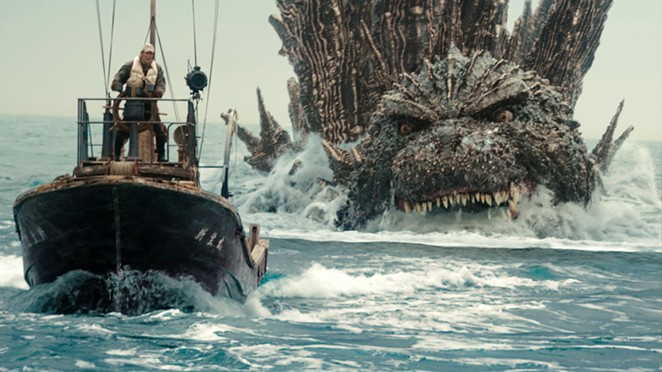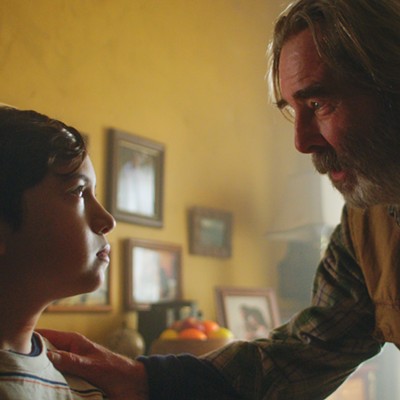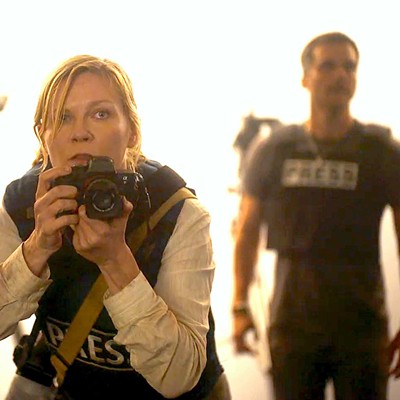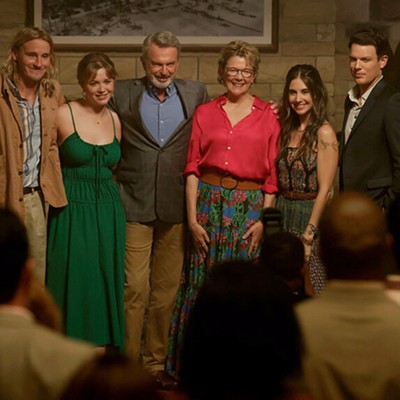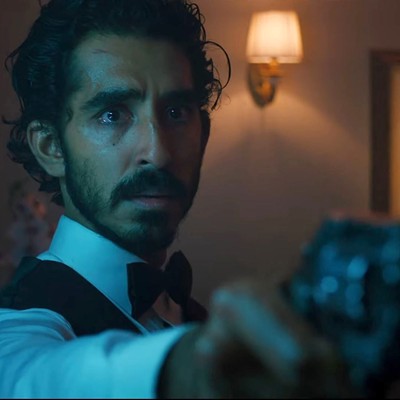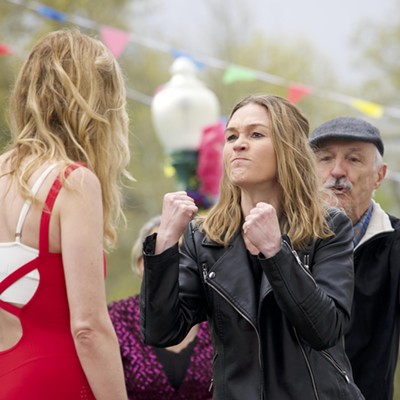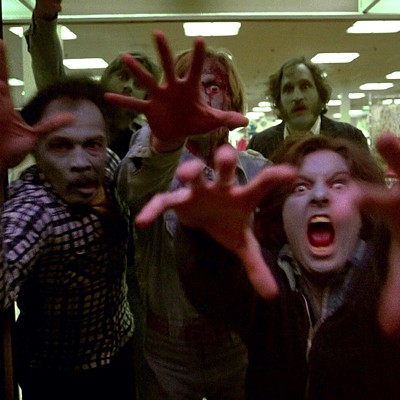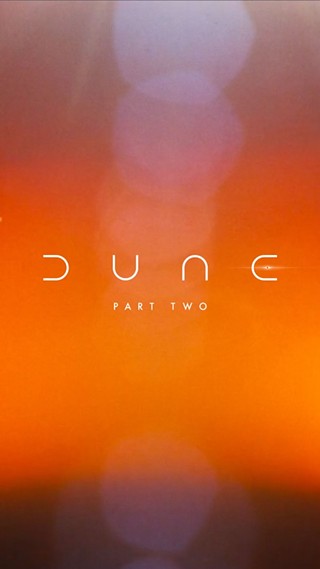Takashi Yamazaki directs this monster movie set in post-World War II Japan. Ryunosuke Kamiki stars as Koichi Shikishima, a Kamikaze pilot who feigns engine trouble to avoid his duty, landing on Odo Island just before it’s attacked by a giant radioactive dinosaur-like giant. (In Japanese; available in color or black and white; 124 min.)
Glen: Timed to align with the 70th anniversary of the original Godzilla (1954), this new film throws a big budget at the source material while staying true to its low-budget roots. It’s really the story of Shikishima, who’s plagued with guilt for his failure to carry out his duty. After the war is over, he returns home to find his parents have died. His neighbor Sumiko Ota (Sakura Ando) blames his cowardice for Japan’s defeat. When Noriko Oishi (Minami Hamabe) shows up with an infant that she rescued looking for a place to stay, Shikishima allows them to move in, forming a kind of family but one he doesn’t believe he deserves. It’s a very human story, a story of redemption as Godzilla attacks and a group of veterans join together to do what the Japanese government seems unable to do: defeat Godzilla. We saw it in black and white, which really added to the nostalgia.
Anna: I didn’t look into this movie before we went to see it, so I kept expecting that at some point the black and white storyline would end and we’d hop to modern day, but I’m so glad this film avoided sliding into a different timeline. Instead, Godzilla Minus One feels like an old-school film with the benefit of modern technology—see it in black and white if you can! The monster looks cool, the storyline is full of tension, and its stylized filming keeps your eyes glued to the screen. I’d love it if this becomes a trend with monster movies. I loved the relationship between Shikishima and Noriko and young Akiko. Shikishima is reluctantly loving toward them and soon grows used to their presence in his life, despite his belief that he doesn’t deserve any semblance of love. The film manages to be both a human story and a monster movie. Impressive!
Glen: I know, right? Often these kaiju movies are about nothing but destruction and chaos, but this film cares about the inner lives and motivations of the humans struggling to survive. Like the original Godzilla movies, the story is wrapped up with Japan’s experience with the atomic bomb. Godzilla is an unstoppable force that only gains strength from his injuries, coming back bigger and stronger than ever. American imperialism, PTSD, survivor’s guilt, and shame—this movie does so much more than depict Tokyo being stomped to oblivion by a guy in a rubber monster suit. There are real stakes for Shikishima and Noriko, and I cared deeply about the outcome. Even if you think monster movies are dumb, give this one a chance. You’ll be pleasantly surprised.
Anna: I definitely was pleasantly surprised. I don’t often have much faith in monster movies holding my attention, but this is very much a story with heart. And Godzilla is also a cool, regenerating beast—a timeless monster. The film has heart, doesn’t rely on trickery to keep the audience entertained, and gives us a storyline that we want to root for. Kamiki is a great lead as Shikishima, as is Hamabe as Noriko—those two especially sold me on this story; I really bought into their characters. There’s just enough tension to keep everything rolling quickly, but there’s also a sweet family story here too.
New Times Senior Staff Writer Glen Starkey and freelancer Anna Starkey write Sun Screen. Comment at [email protected].


